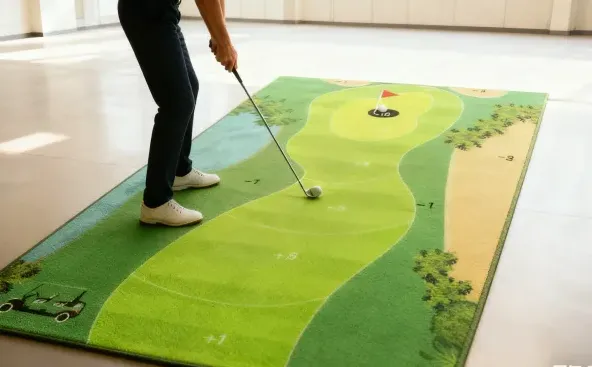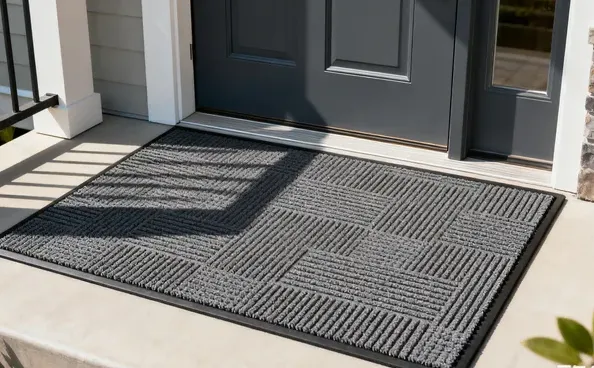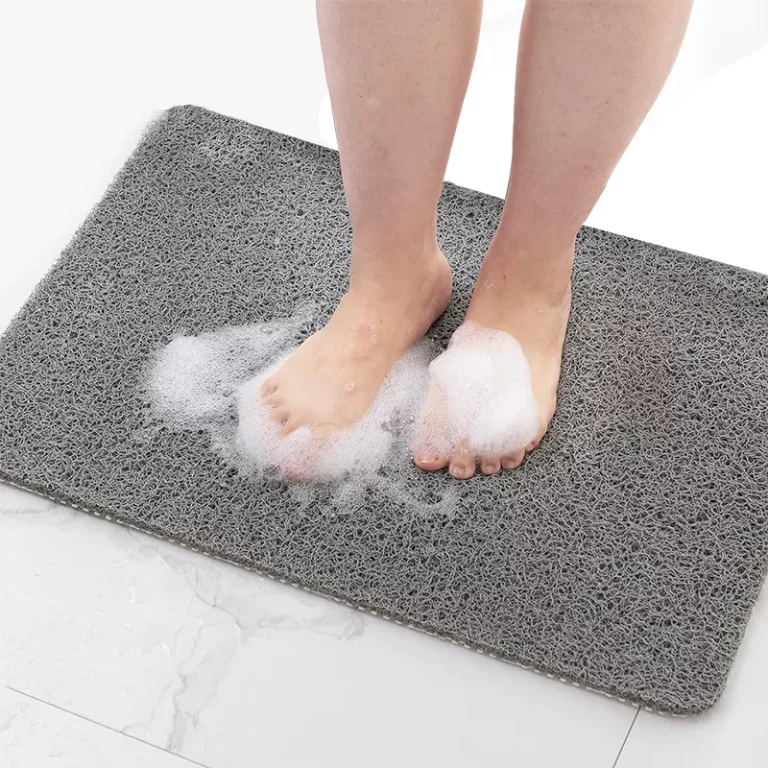Tapis et moquettes aux normes européennes : comprendre la classification et les spécifications
Choisir le bon tapis ou tapis for your space can be a daunting task, especially with the myriad of options available. European standards provide a clear classification system that helps you understand the quality and suitability of different revêtements de sol. In this comprehensive guide, we’ll delve into the intricacies of carpet classification, so you can make an informed decision for your next project.
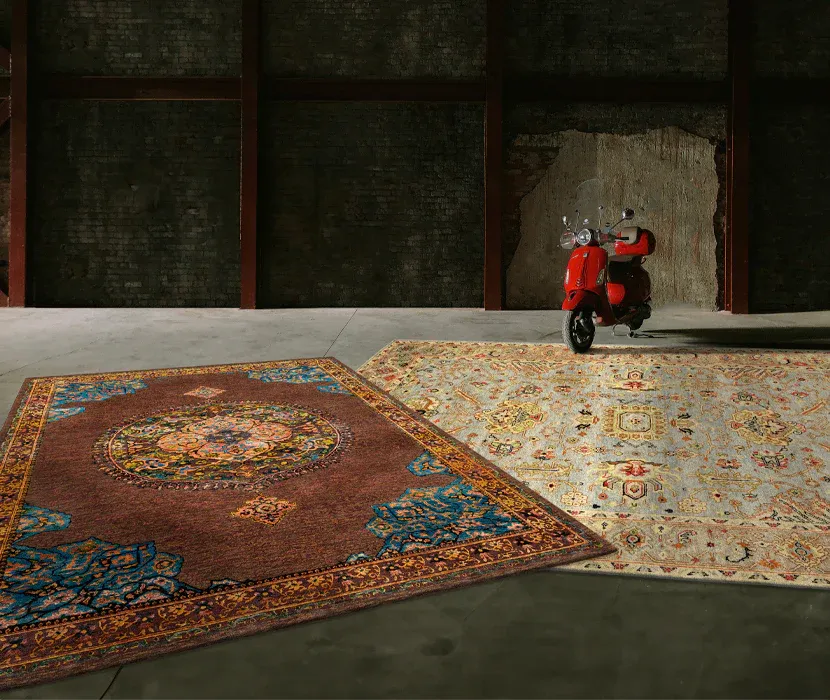
Table des matières
What is EN 1307 and Why Does It Matter?
Understanding EN 1307
EN 1307 is a crucial European standard that specifies the requirements for the classification of all textile revêtements de sol, excluding rugs and runners. This standard provides a comprehensive framework for assessing the performance and quality of tapis et dalles de moquette.
Pourquoi c'est important
By adhering to EN 1307, manufacturers ensure that their tapis meet specific criteria for durabilité, appearance retention, et autres additional requirements. For consumers, this means you can trust that a tapis classified under this standard has been rigorously tested and is suitable for its intended end use.
How Does Carpet Classification Affect Your Choice?
The Importance of Classification
Carpet classification is more than just a label; it provides insight into how the carpet can be used. It indicates the level of circulation piétonnière it can withstand, its durabilité, and its suitability for different environments.
Making Informed Decisions
Comprendre le classification helps you choose the right carpet for your project, whether it’s for a espace commercial or a residential setting. It ensures that the tapis will perform well under the expected conditions.
Understanding Carpet Classes: What’s the Difference Between Class 32 and Class 33?
Class 32 vs. Class 33
Under EN 1307, tapis are classified into different levels based on their performance:
- Class 32: Suitable for general utilisation commerciale with moderate circulation piétonnière.
- Class 33: Designed for heavy utilisation commerciale, ideal for high circulation piétonnière zones.
Choosing Between the Classes
If you’re selecting a tapis for a busy espace commercial like a shopping mall or airport, Class 33 would be the better choice due to its enhanced durabilité. For offices or areas with less traffic, a Class 32 tapis might suffice.
What Do Carpet Specifications Tell You?
Key Specifications
- Densité: Indicates how tightly the fibre tufts are packed together.
- Thermal Resistance: Measures the carpet’s insulation properties.
- Colour Fastness: Assesses how well the tapis maintains its colour over time.
Interpreting Specifications
Ces specifications help you understand the carpet’s performance in areas such as comfort, energy efficiency, and longevity. For example, a tapis with high thermal resistance can contribute to energy savings by providing better insulation.
The Role of Fibre and Textile in Carpet Quality
Types of Fibres
- Natural Fibres: Wool, silk, etc.
- Synthetic Fibres: Nylon, polyester, polypropylene.
Impact on Quality
Le type de fibre used affects the carpet’s feel, appearance, and durabilité. Textile quality influences how the tapis wears over time and its resistance to stains and fading.
How Does Colour Fastness Impact Carpet Longevity?
Understanding Colour Fastness
Colour fastness refers to the carpet’s ability to retain its colour when exposed to light, cleaning, and wear.
Importance for Longevity
UN tapis with excellent colour fastness will maintain its vibrant appearance longer, even in high circulation piétonnière areas. This is crucial for maintaining the aesthetic appeal of both commercial and residential spaces.
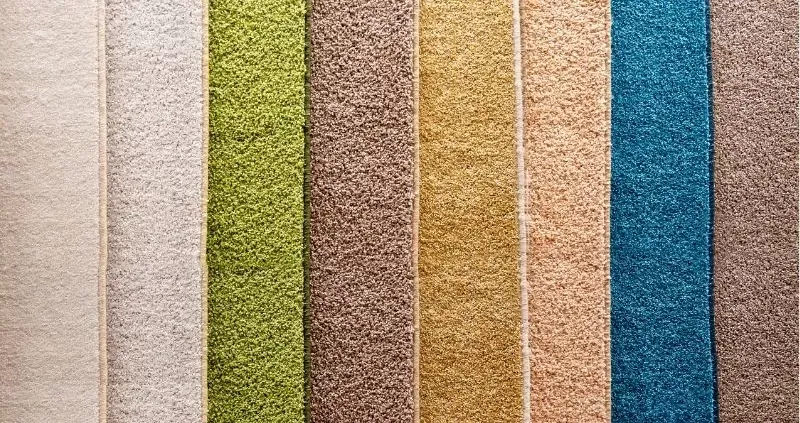
Selecting the Right Carpet for Commercial Spaces
Considerations for Commercial Use
- Durabilité: Essential for areas with heavy circulation piétonnière.
- Entretien: Easy-to-clean tapis reduce upkeep costs.
- Sécurité: Slip resistance and castor chair suitability for offices.
Making the Right Choice
Choisir tapis that meet or exceed EN 1307 classification pour utilisation commerciale. This ensures that the tapis is suited to the demands of a espace commercial.
Wall-to-Wall Carpets vs. Carpet Tiles: Which is Better?
Tapis mur à mur
- Avantages: Seamless look, better for sound insulation.
- Inconvénients: More difficult to install and replace sections.
Dalles de moquette
- Avantages: Easier installation, replace individual tiles as needed.
- Inconvénients: May show seams, potentially less insulating.
Making a Decision
Consider the specific needs of your space. For areas where flexibility and easy maintenance are key, dalles de moquette might be the better option. For a luxurious, continuous feel, wall-to-wall tapis are preferable.
What Are the Additional Requirements for Luxury Class Carpets?
Luxury Classifications
Tapis can be given a luxury use class depuis LC1 à LC5, with LC5 being the highest. This classification is based on the carpet’s density, pile thickness, and overall feel.
Additional Performance Properties
Luxury class carpets often have enhanced features like better acoustic properties, higher thermal resistance, and improved appearance retention.
Understanding ISO Standards in Carpet Manufacturing
ISO Standards
ISO standards like ISO 10361 provide guidelines for tapis testing, including simulations of long-term appearance retention.
Significance
Conformité avec ISO standards ensures that tapis meet international quality benchmarks, providing reassurance about their performance and durability.
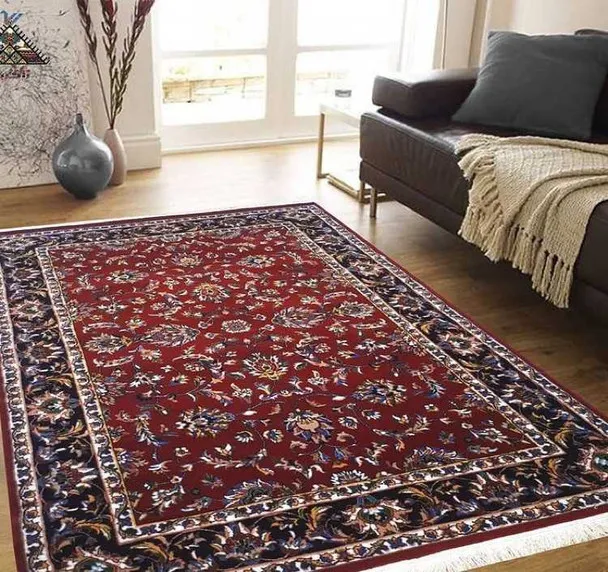
How to Choose Carpet Colours for Your Space
Facteurs à prendre en compte
- Light Exposure: Lighter colours can make a room feel bigger but may show stains more easily.
- Circulation piétonnière: Darker colours might be better for high traffic areas.
- Interior Design: Coordinate the carpet colour with your existing decor.
Touche personnelle
Choisir le bon colour adds a personal touch to your space, enhancing the overall aesthetic.
Add style and functionality to your entrance with our Paillasson personnalisé ananas facile à nettoyer.
Conclusion
Comprendre le European standards pour tapis et tapis, en particulier EN 1307, empowers you to make informed decisions for your flooring needs. By considering factors like classification, fibre type, and colour fastness, you can select a tapis that not only enhances your space aesthetically but also meets practical requirements for durabilité and performance.
Principaux points à retenir
- EN 1307 is a key European standard pour carpet classification.
- Classification helps determine the carpet’s suitability for various utilisations finales.
- Class 32 et Class 33 indicate the carpet’s durability pour utilisation commerciale.
- Caractéristiques provide important details about tapis performance.
- Fibre et textile quality impact the carpet’s feel and longevity.
- Colour fastness assure la tapis maintains its appearance over time.
- Choisir tapis that meet the demands of your specific espace commercial.
- Départager moquettes mur à mur et dalles de moquette en fonction de vos besoins.
- Luxury class carpets offer additional features for enhanced comfort and style.
- Normes ISO ensure international quality compliance in tapis manufacturing.
- Choisir le bon colour enhances your interior design.
For more options to enhance your floors, check out our High quality anti slip pvc floor rolls that offer both safety and style.
Ready to transform your space with the perfect carpet? Understanding these standards ensures you make the best choice for long-lasting beauty and performance.
Raccourcis
- Tapis are classified under EN 1307 for quality assurance.
- Classification impacts the end use suitability of tapis.
- Class 32 et Class 33 indicate levels of durabilité pour utilisation commerciale.
- Colour fastness et fibre type affect tapis longevity.
- Choose between wall-to-wall et dalles de moquette based on installation and maintenance needs.
For a cozy addition to your living space, consider our tapis de surface collection that complements any interior design.

